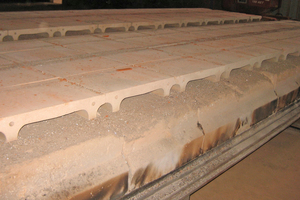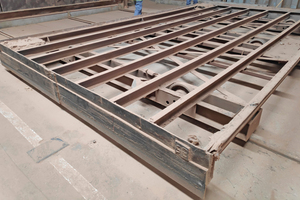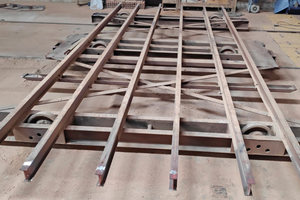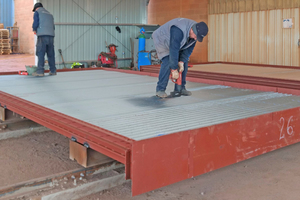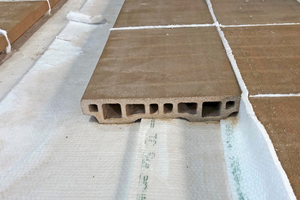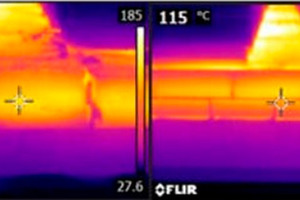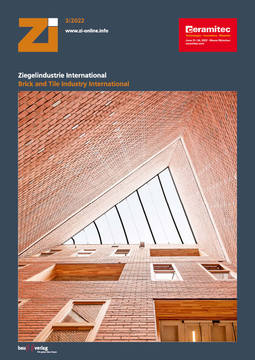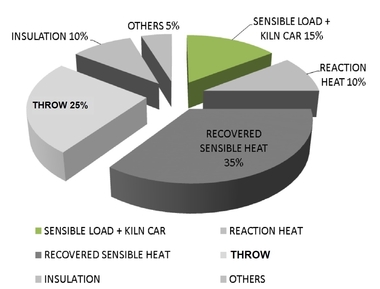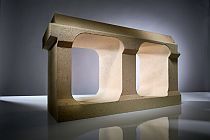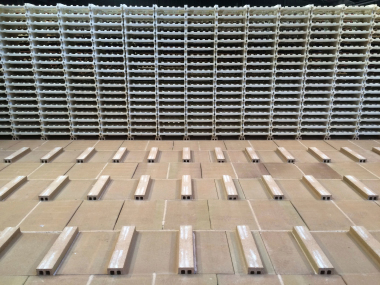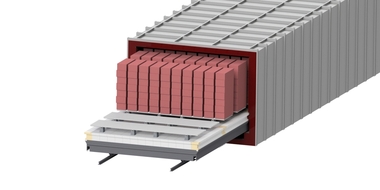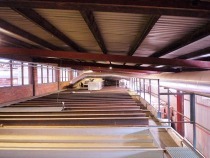Energy savings in a kiln car renovation
The reduction of the energy consumption is an obligation for the whole tile and brick industry, now more than ever before. The reduction of the CO2 emissions has been a priority over the last years to make our industry sustainable. However, the recent increase of energy prices has boosted this trend, giving additional incentives to investments in this direction.
Now, the current technology can provide plants more efficient than time ago. The state-of-the-art plants are consuming much less energy as compared to those built some decades ago. However, there are a considerable number of installations built 20-30 years ago which are still in good conditions of productivity. These plants should be modernized in order to reduce their energy consumption, to approach their efficiency to the most modern ones. Mothballing all them and then build new ones, would not be sustainable either.
In this article we present an example of intervention in this direction. It is been made on a brick plant with kiln cars built with concrete, which was quite usual 30-40 years ago. That kind of concrete lining is mechanically very strong but very poor in terms of energy consumption. The kiln cars came out the kiln very hot, therefore with a high amount of accumulated heat that was lost to the ambient air. The setting supports were relatively low with limited air passage.
On the other hand, the metal chassis were severely affected after many years of service. The metal skirts were already repaired several times, and the front and rear profiles were bended and damaged, compromising seriously the air tightness of the rope seal. This was a source of energy loss and also a perturbation in the firing process.
New assemblies
Despite the bad conditions of the metal chassis perimeter, the transversal beams on the core, the longitudinal beams and wheels were perfectly usable. Therefore, the intervention consisted in remove all the perimeter of the chassis, and install new skirts and new frontal and rear assemblies. The design of the rope seal profiles was re-engineered in order to have a stronger construction, longer durability, and increased air tightness. This limited intervention had a cost of only the 30 % of a brand-new chassis but having the same performance.
The lining was totally renovated with extruded refractory of Forgestal-Campo, using hollow pieces in order to reduce the mass of the kiln car and therefore the energy stored. The thickness of the lining was reduced to make possible the use of higher setting supports, to improve the air passage. Thanks to his factor, along with the use of hollow setting supports, a significant reduction of rejected bricks (due to cracks on first layers) was achieved.
In order to measure the energy saved with the new linings, the temperatures of both types of linings were taken at the exit of the kiln and at the entrance. To make the thermal calculations it has been only considered the outer part of the lining: deck slabs and perimeter blocks.
With the temperatures of the different elements, the specific heat of the materials and the weight, the heat loss can be measured.With this data, we can calculate the annual savings with the new linings.
As a conclusion, the implementation of advanced solutions on existing kiln car fleets can significatively contribute to reduce the energy consumption and get important improvements into the kiln car performance. The reduction of the energy costs and rejects reduction allows a very reasonable Return of Investment in few years.
Author: Bernat Planas,
Engineer (Forgestal)

